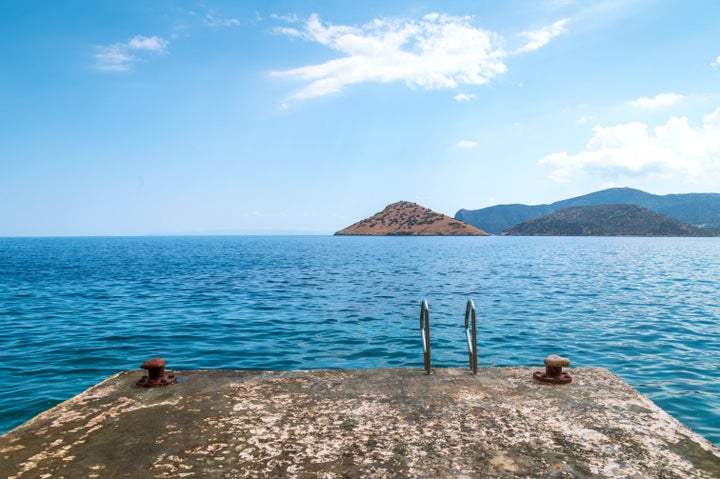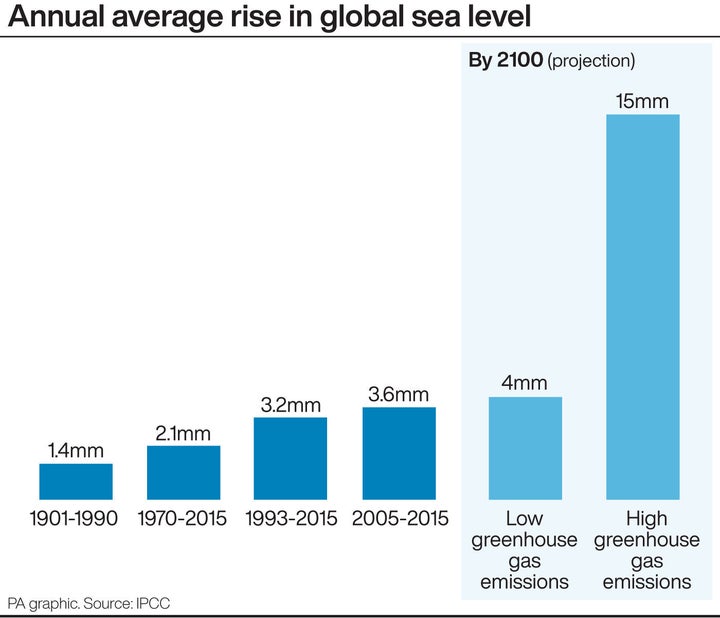
The latest stats on our ever-changing climate have revealed that 2022 was the year our oceans were at their highest temperature.
But, strangely, that does not mean the world’s climate overall was at its hottest ever recorded.
Here’s what you need to know.
Where are we at with the world’s climate?
We all know that the climate crisis hasn’t gone anywhere – and European climate researchers revealed this week that 2022 was the fifth-hottest year on record.
In fact, the eight warmest years recorded have all occurred since 2014 – with 2016 coming in at the top, data from the EU’s Copernicus Climate Change Service reported.
And, the world is now 1.2°C hotter than it was in the second half of the 19th century – this is around the time the harmful chemicals from the industrial revolution first started to push carbon emissions en masse into our atmosphere.
The director of the Copernicus Service also pointed there’s been an underlying warming trend ever since the pre-industrial age – so the fact 2022 is up there as one of the hottest years ever should be “neither unexpected or unsurprising”.
Carlo Buontempo added: “The rare event now would be to see a really cold year.”
This is despite the continuance of La Nina, a weather front where sea surface temperatures in the Pacific Ocean (around the equator) drop to below normal, meaning global temperatures can be suppressed.
In fact, Europe had its second-hottest year in 2022, with parts of the UK, Denmark, Germany, Sweden, Poland, France, Portugal and Spain all experiencing record-breaking temperatures across the summer.
Other scientists believe that European heatwaves are likely to continue in years to come, becoming more frequent and more intense at a faster rate than elsewhere in the world.
But it wasn’t just Europe that felt the heat: Pakistan, India, eastern and central China struggled with long and difficult heat waves, with Pakistan facing intense floods on top.
Wildfires swept through the US too, due to high temperatures.
Meanwhile, the Arctic is warming up four times faster than the rest of the world.
And what’s happening to the oceans?
2022 saw the world’s oceans reach new temperatures, beating all records which date back to 1958, according to the US National Oceanic and Atmospheric Administration’s latest analysis, published by the Advances in Atmospheric Sciences.
Other new research published by Advances in Atmospheric Sciences, found that the ocean is also heating up at a faster than at any historical point over the last 2,000 years.
To understand how much hot air the ocean has absorbed in 2022 compared to 2021, these experts compared it to every person on earth running 40 hairdryers all day every day.
So why do we need to be talking about oceans more when it comes to climate change?
Hotter oceans can trigger extreme weather, such as intense hurricanes, typhoons, rain or flooding – all because there is more moisture in the air.
Warmer water expands, meaning sea levels go up too, putting coastal residences at risk.

The ocean’s surface is not as affected by nature’s regular variation in climate as the temperature of the atmosphere, meaning it is directly affected by the climate crisis as carbon emissions grow.
It seems that the world’s water supply has been gradually getting warmer ever since 1990.
This is because more than 90% of excess heat trapped by greenhouse gas emissions is absorbed by the oceans.
And, as noticed with the La Nina, sea surface temperatures can really affect climates around the world.
But when its opposite, El Nino returns, sea temperatures in the middle of the Pacific Ocean become much warmer than normal, which will push global temperatures even higher.
To make matters worse, the World Meteorological Organisation reported in October that the atmospheric concentration of the main greenhouse gases had gone in the “wrong direction” – it was on the up.